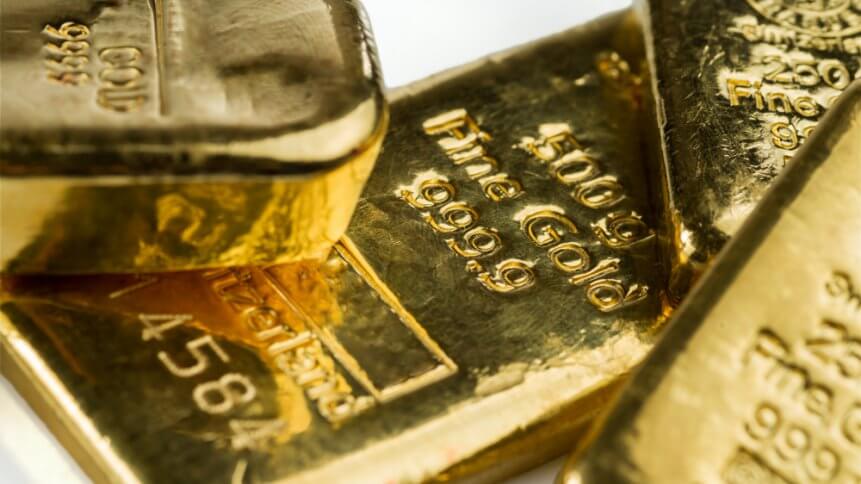Should commodities like gold be tokenized?

In today’s interconnected world, commodities are traded on the stock exchange– with trades worth millions of dollars, companies thrive on creating new value and reducing risks.
Companies in the finance and retail sectors are keen to jump on the blockchain bandwagon as it upholds the three pillars of the finance world—transparency, speed, and security.
With valuable trades changing hands, crossing borders constantly, blockchain emerges as a promising technology to resolve trading in the 21st century.
For instance, a company specialized in the tokenization of gold noted that the digitization of commodity trading from an intermediary-based procedure will redefine the industry.
“Digital gold assigns ownership in the form of a digital token, representing physical gold bullion, removing the onus of custodianship, insurance, and safeguarding gold holdings from investors.
“Democratizing access to gold will open up access for mainstream consumers to own gold and present traditional investors with new ways to purchase this safe-haven asset,” Shaun Djie, Chief Operating Officer and Co-Founder of Digix told TechHQ.
Digital ledger technology (DLT) enables a transparent record of often complex transactions, including the tracking of goods and payment. This stamps down the risks of fraud which is ideal for commodity business.
The use of blockchain solutions also adds a layer of security and transparency to the supply chain by verifying the ownerships and origins of goods. The reliable tracking drives a more efficient and liquid market, with transactions based on electronic platforms where buyers and sellers share equal access to commodity data.
With transactions recorded and immutable on a shared ledger, participants are given a clearer view of the market and could compare the price of their consignment against others. This should lead to a fairer market. It can eliminate profitability that based on price inefficiency, encouraging a healthier market growth based on trust and transparency. At the same time, price-reporting agencies can access a new platform to work on and likely to expand their businesses.
The drawbacks in tokenization of commodities
The transformative aspects of tokenized commodities present advantages and some experts have remarked that, conceptually, the blockchain solution is fool-proof– but the implementation is not without bumps ahead.
When it comes to the general public, for example, there may not be a high demand to own commodities such as grains, wheat, and energy as an investment, but it’s a different story for gold, silver, and nickel. So a lack of market demand may slow down the adoption of tokenization in commodity trading.
YOU MIGHT LIKE

How is blockchain transforming the automotive industry?
Meanwhile, switching to a blockchain platform can be an expensive and disruptive overhaul for businesses’ existing systems.
As more companies are embracing the DLT, the shift could significantly change the ways commodity companies operate. When it comes to trading physical goods, deploying a more transparent and synchronized system could be made more efficient with the participation of the entire industry of commodity trading.
Presently, the market is still too wary to embrace this database model, but blockchain’s robust support of transparency, speed, and security gives us much room for assurance and optimism.
Banking giant JPMorgan believes that in the medium-term, the tokenization of existing commodities will become a hot topic in the financial world.
The firm itself last year unveiled plans to tokenize gold bars on their blockchain network Quorum, an open-source platform based on Ethereum to enable direct trading between parties without an intermediary such as a broker or an exchange.
The firm’s Head of Blockchain, Umar Farooq, explained that by tokenizing gold, participants are able to encode and track bars at each stage of the supply chain, promoting transparency and purity. The enterprise blockchain allows traders to track and verify the metal’s origin.
“They wrap a gold bar into a tamper-proof case electronically tagged, and they can track the gold bar from the mine to endpoint.
“The use case being, if you know it’s a socially responsible mine, someone will be willing to pay a higher spread on that gold versus if you don’t know where it comes from,” Farooq said.
To date, the mass adoption of the digital ledger in commodity trading is still far ahead, but the number of companies experimenting with blockchain solutions is rising.









